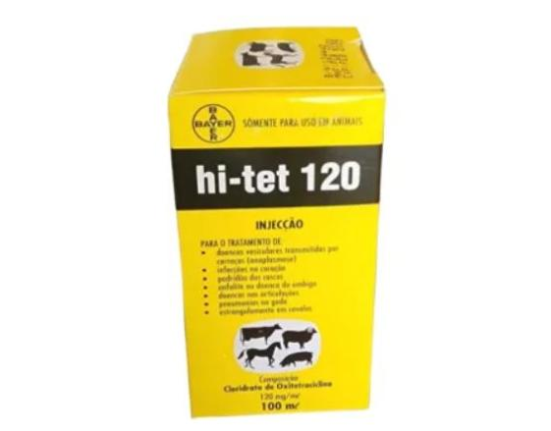We have all laughed at proteins called SUMO, ELMO or hedgehog in the lab – and a good name certainly makes an impression. But when you are a scientist and have just developed what you believe to be the technology of the future, does it matter what you call your discovery in the outside world?
Should you think about trademarks?
If you are developing a piece of technology, a molecule or a way of operating that might have commercial potential, you have probably given it a nickname as a way to refer to it in your everyday work. As a protein scientist, I used to give nicknames to enzyme variants to pinpoint their key features or to fluorescent proteins to remember their emission wavelength and colour, for example. This is a side of science that crosses creativity and marketing, and I love it. You don’t have to worry, though, that you’ll be stuck with this shorthand. When used exclusively internally in research projects and not to commercially denominate a product, such names do not qualify as trademarks. In general, a trademark is the distinctive sign, word, graphical logo or symbol that is used to identify and distinguish a product or service from others on the market.
Like nicknames and abbreviations, trademarks can be useful. Abbreviations such as DNA remind us of a substance’s composition. And complex chemical formulas often reach the market under more appealing trademarked names that can be more easily pronounced by medical practitioners and patients. The trademark Ozempic is more catchy than semaglutide and helps distinguish the drug developed by a specific company.
So, when does this naming convention cross into intellectual property (IP)?
It’s not common for researchers to include trademark symbols such as ™ or ® in the title of scientific articles. However, a search in PubMed in June 2025 identified the ® symbol in a few articles, often in reference to commercial preparations (such as root extract EPs® 7630, Taurisolo®, Trusilk® and Mersilk®), technologies (NANOBODY®, LEGO®-based therapy) or microbial strains (Bacillus subtilis DE111®).
If what you have developed might reach the market (for example, software that can be downloaded by the public or a chemical with broad distribution), you should not exclude the possibility of identifying the nickname you have used as your intellectual property and place a ™ next to it, or even registering a trademark and using the ® symbol.
Here are a few considerations before proceeding:
Don’t confuse (TM) and (R)
The symbols ™ and ® are both used in relation to trademarks but they are not synonyms and have distinct meanings and legal implications. The ™ symbol stands for “trademark” and can be used by anyone. It indicates that the user considers the associated name, logo or phrase their trademark, even if it has not been formally registered with any government trademark office. Using ™ does not offer the legal protections that come with registered trademarks.
The ® symbol stands for “registered trademark” and can only be used once a trademark has been officially registered with the relevant national or regional trademark office. This symbol provides notice that the trademark is legally registered and enjoys specific legal protections, including the trademark owner’s exclusive right to use the mark in relation to the goods or services for which it is registered. Unless you have registered it, you’ll be safer placing a ™ next to the name of your property.
Think about how to represent your invention
Ideate the best trademark for your invention. Legal and cultural aspects can be taken in consideration, but briefly you can begin by brainstorming unique and distinctive names, logos or phrases that resonate with your invention. The name should not be descriptive but should still be memorable and easily recognisable, as well as simple enough to be instantly understood. To free the field from conflict and avoid legal complications, you should conduct a thorough online search at the main national patent office, the European Union Intellectual Property Office, the United States Patent and Trademark Office or the World Intellectual Property Organization to confirm that your proposed trademark is not already in use or too similar to what is already registered.
A smart move might also be to consult an IP professional to have them assess a shortlist of two or three potential brand names well before any use of the name in public.
Consider the benefits
If you are thinking of moving into the industry or of reaching out to potential commercial partners, a brand name can help convey the concept and benefits of the technology. Moreover, it can help deliver an idea of how it might look once on the market.
Economically, trademarks add value to a business because they can be licensed, franchised or sold, creating additional revenue streams. They can assist consumers in making purchasing decisions by providing reliable information about the origin of products or services, because they are often seen as a guarantee of quality.
If you have any doubts, you should seek advice from an IP professional or trademark specialist.
There is also a broader, timely consideration when choosing a brand name. Would the public be more open to science if complex things were branded with more appealing names?
In these times of scepticism, it could help.
Greta Faccio is a scientific consultant based in St Gallen, Switzerland. Marion-Sima Wössner is an intellectual property lawyer based in Zurich, Switzerland.
Disclaimer: Please note that this article does not constitute legal advice. It is intended for informational purposes only and should not be relied on as a substitute for professional legal counsel.
If you would like advice and insight from academics and university staff delivered direct to your inbox each week, sign up for the Campus newsletter.







